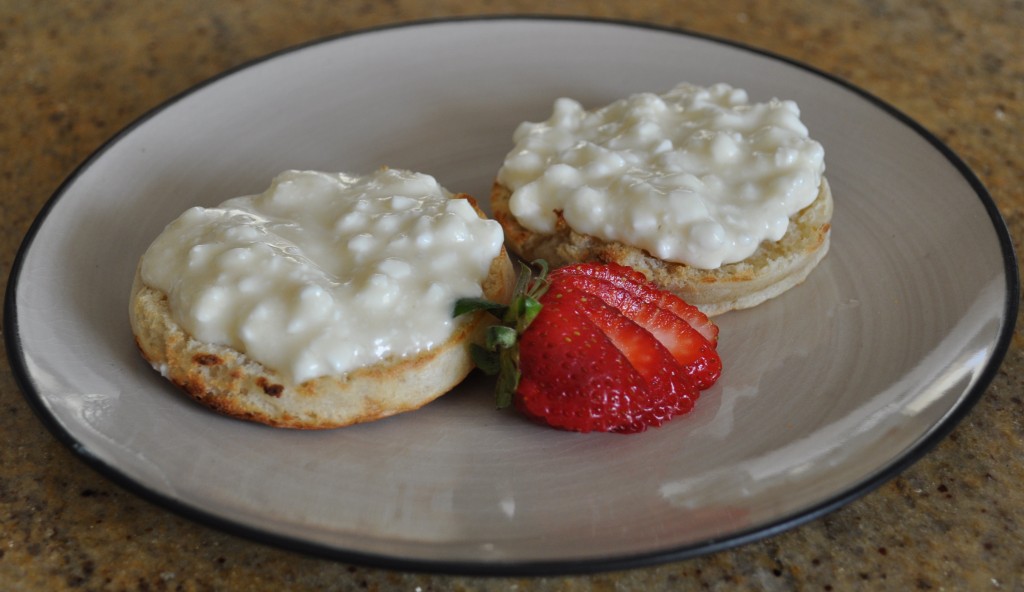
Ingredients
- 240 g 8.5oz bakers flour
- 240 g 8.5oz plain AP flour
- ¾ teaspoon cream of tartar sifted
- 10 g or 1 sachet dry yeast
- 500 ml 18oz tepid water
- 7 g ½ tablespoon fine sea salt
- ½ teaspoon bicarbonate of soda
- 140 ml 5oz milk, at room temperature
Instructions
- In a large mixing bowl, stir together the flours, sifted cream of tartar and dry yeast.
- Make a well in the middle of the flour and add the water. Gently stir with a wooden or silicone spoon to form a thick, smooth batter then beat well by hand for two minutes.
- Cover the bowl with plastic wrap and allow to rest in a warm spot for an hour.
- Add the salt and beat the batter for another minute to incorporate. Cover the bowl again and allow to rest for another 20 minutes.
- Dissolve the sifted bicarbonate of soda in the room temperature milk. Stir this into the batter gently.
- The thickness of the batter will determine whether or not the crumpets will set properly - if it is too thick, the crumpets will lack holes, but if it's too thin, the mixture will run out of the bottom of the rings. You don't want that to happen.
- To test the batter, heat a frypan or over a medium-low heat until hot. Depending on your pan, you might need to add just a tiny bit of butter or oil to stop the batter from sticking.
- Grease a crumpet ring and place it in the middle of the pan. Spoon batter into the ring.and allow the crumpet to cook over low heat.
- If the test crumpet doesn't form holes, you'll need to gently stir a little more lukewarm water into the batter.
- The cooking process involves a little trial and error. The crumpets need to be cooked until the tops are covered with holes and the bottoms are quite brown.
- The original recipe suggests 7 to 8 minutes over a low heat for this stage.
- Once the tops are covered with holes that keep their shape, carefully remove the rings and flip the crumpets over, cooking the tops for just a couple of minutes to set them. Re-grease the rings well after each use.
- As the crumpets will be toasted before eating, be careful not to overcook them at this stage.
Have you made this recipe? I'd love to hear what you think. Tag me on Instagram @clairekcreations